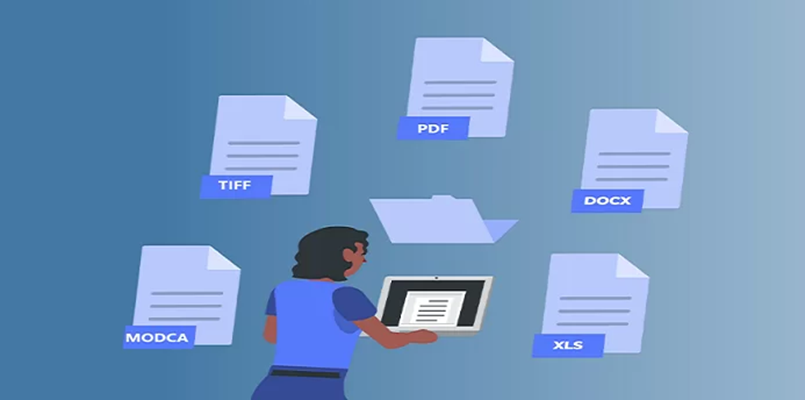MS Technology offers extensive experience working with JPEG 2000 images and the various compressions associated. MS Technology delivers the highest quality of the near lossless JPEG 2000 file format to your users.
What is JPEG 2000?
JPEG 2000 is an image coding system that uses state-of-the-art compression techniques based on wavelet technology and offers an extremely high level of scalability and accessibility. Content can be coded once at any quality, up to lossless, but accessed and decoded at a potentially very large number of other qualities and resolutions and/or by region of interest, with no significant penalty in coding efficiency. The standard supports up to 16384 components, with dimensions running into the thousands of terapixels, and precisions as high as 38 bits/sample, with or without tiling, and with a variety of interchangeable data progressions and random access capabilities. The JPEG 2000 architecture lends itself to a wide range of uses from portable digital cameras through to advanced pre-press, medical imaging, geospatial and other key application domains.
JPEG 2000 Features and Advantages:
- Supports progressive decoding, which is an efficient code-stream that enables a viewer to see a lower quality version of a particular image while the whole file has not been fully received or downloaded. The image quality progressively improves as more data bits are downloaded from the source.
- When compared to JPEG, which only supports lossy compression, JPEG 2000 supports lossless (bit-preserving) and lossy compression within a single code stream.
- Offers transparency preservation in images.
- Offers higher compression ratios for lossy compression.
- Superior image quality compared to a JPEG file of the same size.
- Offers large image handling (greater than 64k x 64k pixels) without tiling.
- Is capable of handling both natural and computer-generated imagery.
- Offers a single decompression architecture.
- Delivers low bit-rate compression performance effective down to below 0.25 bits per pixel for high resolution gray-scale images.
Similar to the TIFF image format:
- Capable of describing bi-level, grayscale, palette-color and full-color image data in several color spaces.
- Enables the inclusion of an unlimited amount of private or special-purpose information within the metadata of its file format.
- Designed to be extensible and to evolve gracefully as new needs arise.
- Developers can actually choose the best space or time tradeoff for their applications because JPEG 2000 includes a number of compression schemes.
Disadvantages of JPEG:
- No universal browser or application support. Not all applications in your organization’s workflow are accepting the format until it is adopted as a standard file format.
- The format is not backward compatible. Applications will need to support JPEG while also supporting the original JPEG.
- Encoding JPEG 2000 is not as fast and easy as encoding in JPEG.
- It’s not content adaptive when compared to JPEG.
MS Technology’s Solutions
MS Technology has extensive experience with the JPEG 2000 format with all of our products including the MST Viewer, eViewer HTML5 document viewer, and MST Batch Converter. MS Technology’s solutions can overcome many of the disadvantages of the JPEG 2000 format including using our OCR module to provide text search and selection, and annotate JPEG 2000 files. Our powerful viewers and conversion tools enable you to view, convert, manipulate, combine, annotate, redact and print JPEG 2000 files.
Get Started
Contact us today to learn more about MS Technology can assist your organization’s need to manage JPEG 2000 files.
